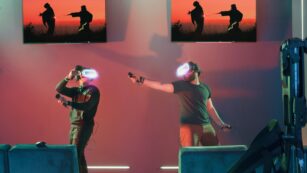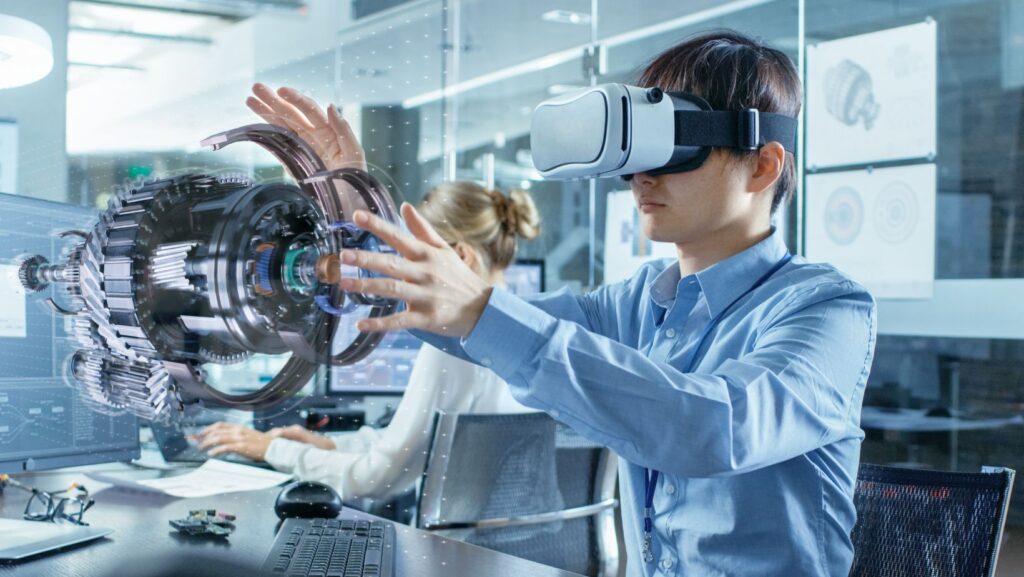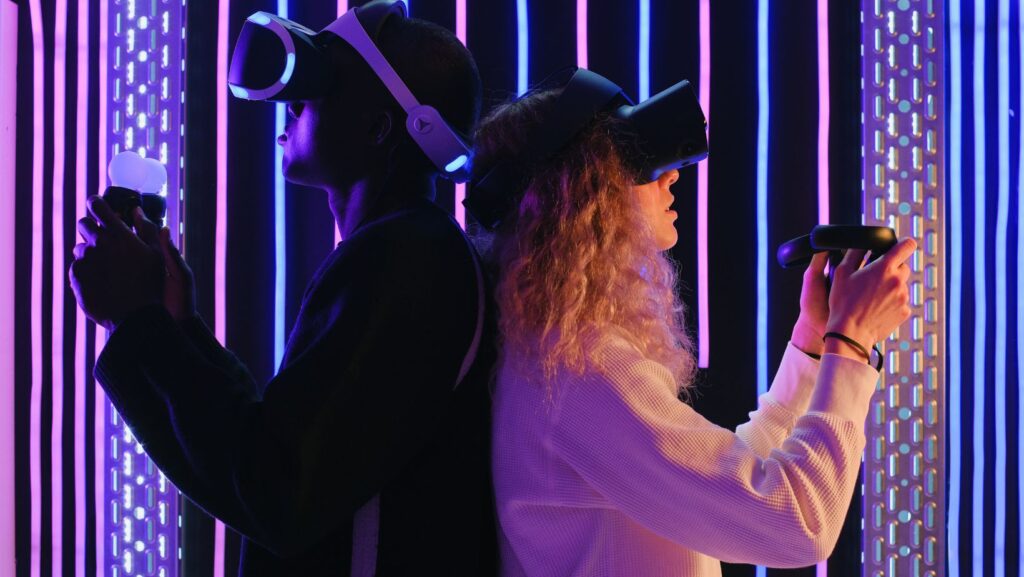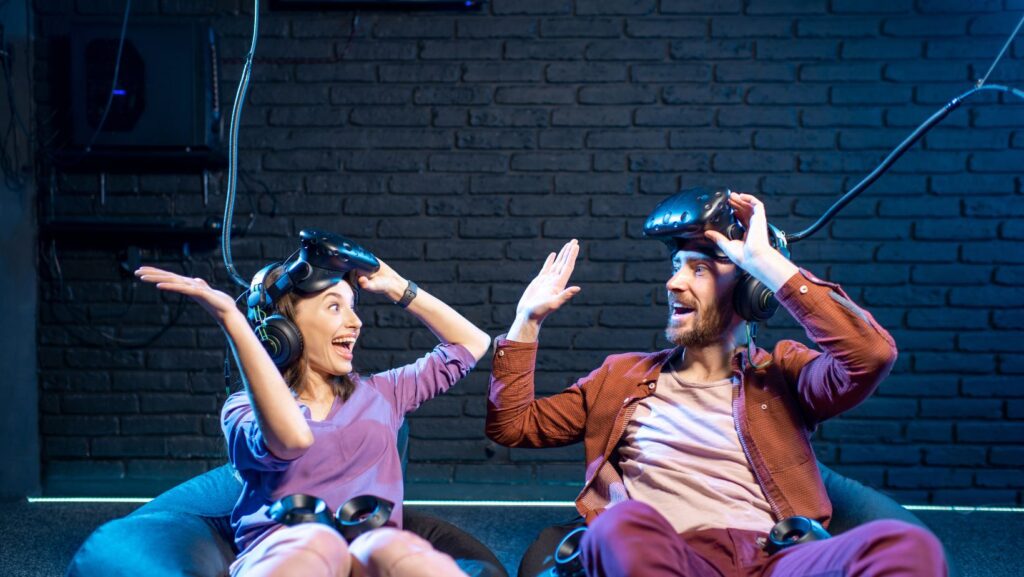Phantom pain, a perplexing and often debilitating condition, affects amputees by generating sensations of pain in limbs that are no longer there. Traditionally, managing this pain has been a challenge, with limited treatment options available. However, the advent of virtual reality (VR) technology has ushered in a new era of possibilities, where virtual battles become a groundbreaking method for pain relief.
Phantom Pain Virtual Battles
 Phantom pain refers to the sensations of pain that an individual feels in a body part that is no longer present. Traditional treatments often fall short, maximizing the need for innovative approaches.
Phantom pain refers to the sensations of pain that an individual feels in a body part that is no longer present. Traditional treatments often fall short, maximizing the need for innovative approaches.
Phantom pain manifests as real, often painful sensations felt in a limb or a part of the limb that has been amputated. It’s not psychological but rather a complex, physiological response of the brain and nervous system. Typically, these sensations may be intermittent or continuous, varying in intensity and character, like tingling, throbbing, burning, or shooting pains. Such pain is distinct from other types of pain associated with amputation because it arises as a direct consequence of the brain’s efforts to rewire itself and adjust to the loss of the limb.
Why Virtual Reality?
Virtual reality (VR) offers a compelling solution to phantom pain by engaging the brain with immersive, sensory experiences that can alter pain perception. Studies, such as those reported by Frontiers in Neuroscience, show VR’s efficacy in distracting the brain and potentially retraining it to understand and interpret signals from the missing limb differently. By using VR environments, patients can control and “move” their virtual limbs, which has been shown to significantly reduce pain levels. This approach not only alleviates discomfort but also enhances the patient’s overall rehabilitation and adaptation to life after amputation.
Technological Innovations in Treating Phantom Pain
Virtual Reality Games
 Virtual reality games create immersive environments that have shown significant potential in managing phantom pain. These games simulate scenarios where the user can interact with a virtual representation of their missing limb. For instance, mirror therapy, a traditional treatment for phantom pain, can be replicated in VR, allowing patients to control and view a virtual limb in real-time. Studies confirm that such interactive games help alleviate pain by tricking the brain into “feeling” the presence of the limb through visual and sensory feedback. This process aids in modifying the neural pathways responsible for pain communication.
Virtual reality games create immersive environments that have shown significant potential in managing phantom pain. These games simulate scenarios where the user can interact with a virtual representation of their missing limb. For instance, mirror therapy, a traditional treatment for phantom pain, can be replicated in VR, allowing patients to control and view a virtual limb in real-time. Studies confirm that such interactive games help alleviate pain by tricking the brain into “feeling” the presence of the limb through visual and sensory feedback. This process aids in modifying the neural pathways responsible for pain communication.
Advanced Prosthetics and VR Integration
Advanced prosthetics integrated with VR technology further enhance the effectiveness of phantom pain treatments. These prosthetics incorporate sensors that provide real-time feedback to the VR system, allowing for more precise control and interaction within the virtual environment. The integration ensures that patients not only see their prosthetic limbs in a virtual setting but also control them through their natural neural impulses. This dual feedback, both visual and physical, has demonstrated improved alignment of the body’s natural sense of presence and motor control, leading to reduced incidents of phantom pain.
The Psychological Impact of Virtual Battles
Building Confidence and Inducing Positivity
 Virtual battles also serve to build confidence and induce positivity among those suffering from phantom pain. Achieving goals in a virtual world can enhance a sense of capability and achievement, which is crucial for patients dealing with the daily challenges of limb loss. The success experienced in virtual scenarios often translates into increased self-esteem and optimism in the real world.
Virtual battles also serve to build confidence and induce positivity among those suffering from phantom pain. Achieving goals in a virtual world can enhance a sense of capability and achievement, which is crucial for patients dealing with the daily challenges of limb loss. The success experienced in virtual scenarios often translates into increased self-esteem and optimism in the real world.
VR environments not only distract the mind but also condition patients to associate the sensations from their missing limbs with positive outcomes and victories in their virtual battles. Thus, the strategy extends beyond mere distraction, offering profound psychological benefits that can reshape the pain experience.
Recreating Sensory Inputs
Virtual battles effectively recreate sensory inputs by simulating environments and scenarios that are tactilely realistic. This simulation aids the brain in reinterpreting the pain signals from the missing limbs. For example, if a patient is missing an arm, engaging in a VR battle that involves using that arm can trigger sensory feedback, convincing the brain that the limb is still there.



